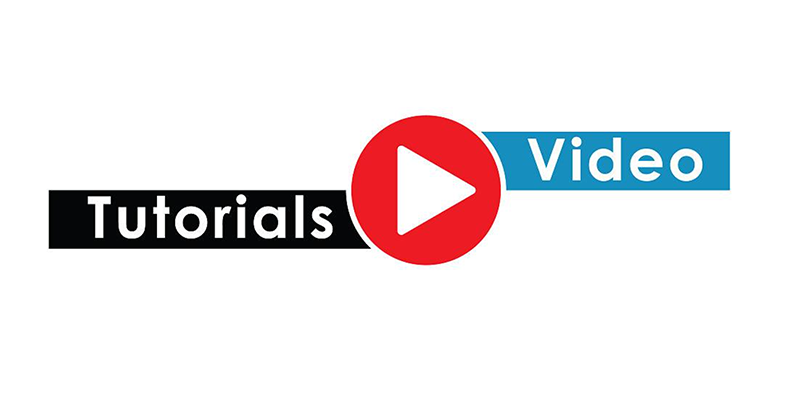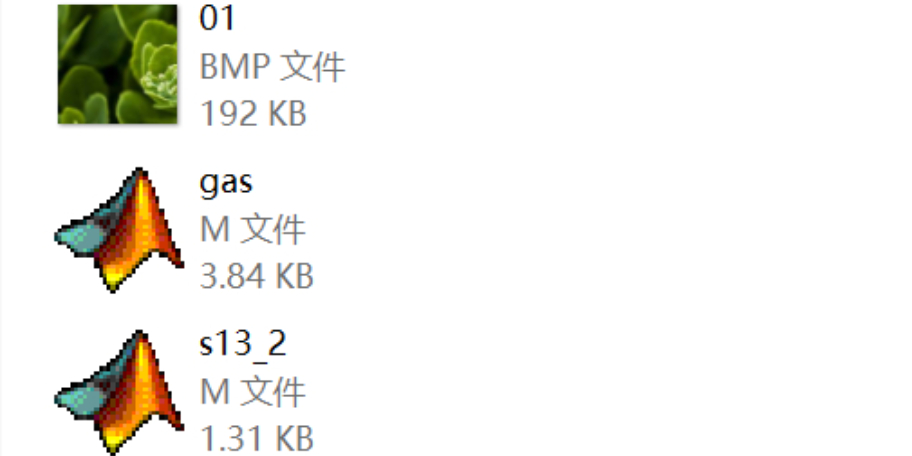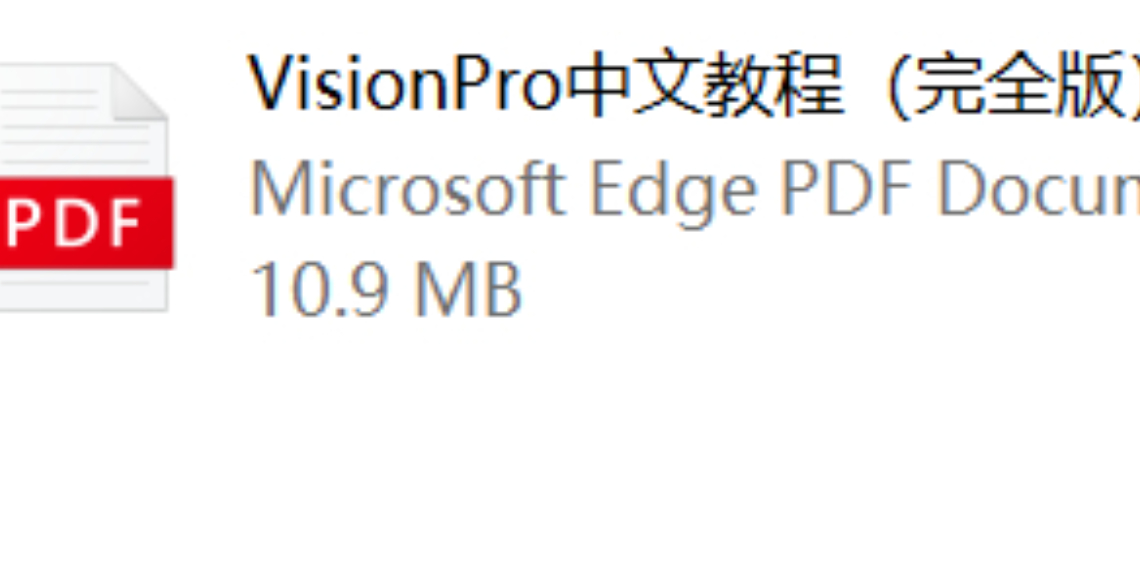
Withdrawal method: Baidu.comTotal [30] sectionsAvailability of courseware: YesYou will gain
FFmpeg to capture microphone and store as PCM
Microphone capture and real-time transcoding to AAC/MP3/MP4
PCM resampling and encoding to AAC/MP3
Capture microphone and transcode and live stream in real time
population (esp. of a group of people)
All those who want to learn audio and video Courses
Notice: The series of courses in the tight recording update, please pay attention to. To: the series of courses related to: FFmpeg, WebRTC, SRS, Nginx, Darwin, Live555, and so on. Including: audio and video, streaming media, live broadcasting, Android, video surveillance 28181, and so on.
I'm going to walk you through: capturing the microphone, PCM resampling, encoding AAC or MP3 audio for storage, and live streaming.
Specifics include:
1. FFmpeg captures the microphone and stores it as PCM.
2.PCM resampling principle and practice.
3. Capture the microphone and transcode AAC or MP3 in real time and save the file.
4. Capture the microphone and real-time transcoding AAC and can be live.
Audio-video and streaming media is a very complex technology, involving a lot of concepts, principles, theories, many beginners do not learn the basic theories, but directly to do the project, often see the code of c/c++ confused, do not know what the code actually means, why is this?
Because of not learning the basic theory of audio, video and streaming media, it's like learning English, not learning the basic words, but listening to the English news every day, and you can't always understand it.
So what, you must seriously study the basic theory, and then learn the player, transcoder, non-commercial, live streaming media, video surveillance, and so on.
Mr. Mei has been engaged in the audio/video and streaming media industry for 18 years; he has worked in companies such as YongxinVision, Zhongke Dayang, Baidu, and Harris Broadcasting Division of the U.S., and has rich experience; he has personally led the full set of projects of broadcasting live broadcasting and is well versed in h.264/h.265/aac, and he has participated in the practical products such as the web page player on Baidu's app personally.
Currently, he is a self-employed entrepreneur, mainly focusing on the audio/video + streaming media industry, proficient in audio/video encryption, streaming media online transcoding and fast editing and other popular products.
Course Catalog
Chapter 1: Principle, Architecture, Flow of FFmpeg Capture Microphone Demonstration and overview of the effects of capturing a microphone and storing it live 05:45 Analyzing the process and architecture of microphone acquisition 08:35 Command line capture microphone and store as aac or pcm 09:37 Encoder aac supported pcm formats 08:43 Core data structures and APIs for microphone capture 11:23 How to throw resampled PCM data to the encoder 11:18 Chapter 2: FFmpeg Capture Microphone and Store as PCM Core code for API reading microphone explained 06:38 Hands-on code to read microphones using API 21:11 Summary of code steps to read a microphone 07:33 Core code for reading microphone and details 21:32 Storing microphone data as a PCM file 11:25 Microphone data resampling 08:52 Capturing microphones and storing PCM vignettes 06:14 Chapter 3: Principle Architecture Analysis of FFmpeg Capturing Microphone and Transcoding for Storage Demonstration of the effect of capturing a microphone and transcoding it for storage 07:20 Core data structures and APIs for capturing mc and transcoding 06:42 Producer-consumer model in detail 10:19 Header files in detail 07:34 Detailed analysis of code flow for CPP files 16:14 Signal mutexes thread synchronization code explained 14:55 Chapter 4: FFmpeg capture microphone and transcode storage code practice Hands-On Code #1: Engineering and Decoding 10:37 Writing Code by Hand #2: Headers and Core Data 07:30 Hands-On Code #3: Master Code for Producer Threads 10:34 Hands-On Code #4: Perfecting the Producer Thread 10:36 Hands-On Code #5: Master Code for Consumer Threads 17:50 Hands-On Code #6: Consumer Thread Refinement 09:27 Writing Code by Hand #7: Starting and Stopping 08:30 Writing Code by Hand #8: Running and Debugging 08:39 Drinking a cup of coffee and analyzing a script 05:10 Summarize Analysis Summary Enhancement 02:39 Chapter 5: Capturing Microphone AAC Encoding and Live Streaming Capturing microphone AAC encoding and live streaming 11:45
Resource Disclaimer (Purchase is deemed to be agreement with this statement): 1. Any operation on the website platform is considered to have read and agreed to the registration agreement and disclaimer at the bottom of the website, this site resources have been ultra-low price, and does not provide technical support 2. Some network users share the net disk address may be invalid, such as the occurrence of failure, please send an e-mail to customer service code711cn#qq.com (# replaced by @) will be made up to send 3. This site provides all downloadable resources (software, etc.) site to ensure that no negative changes; but this site can not guarantee the accuracy, security and integrity of the resources, the user downloads at their own discretion, we communicate to learn for the purpose of not all the source code is not 100% error-free or no bugs; you need to have a certain foundation to be able to read and understand the code, be able to modify the debugging yourself! code and solve the error. At the same time, users of this site must understand that the Source Code Convenience Store does not own any rights to the software provided for download, the copyright belongs to the legal owner of the resource. 4. All resources on this site only for learning and research purposes, please must be deleted within 24 hours of the downloaded resources, do not use for commercial purposes, otherwise the legal disputes arising from the site and the publisher of the collateral liability site and will not be borne! 5. Due to the reproducible nature of the resources, once purchased are non-refundable, the recharge balance is also non-refundable





